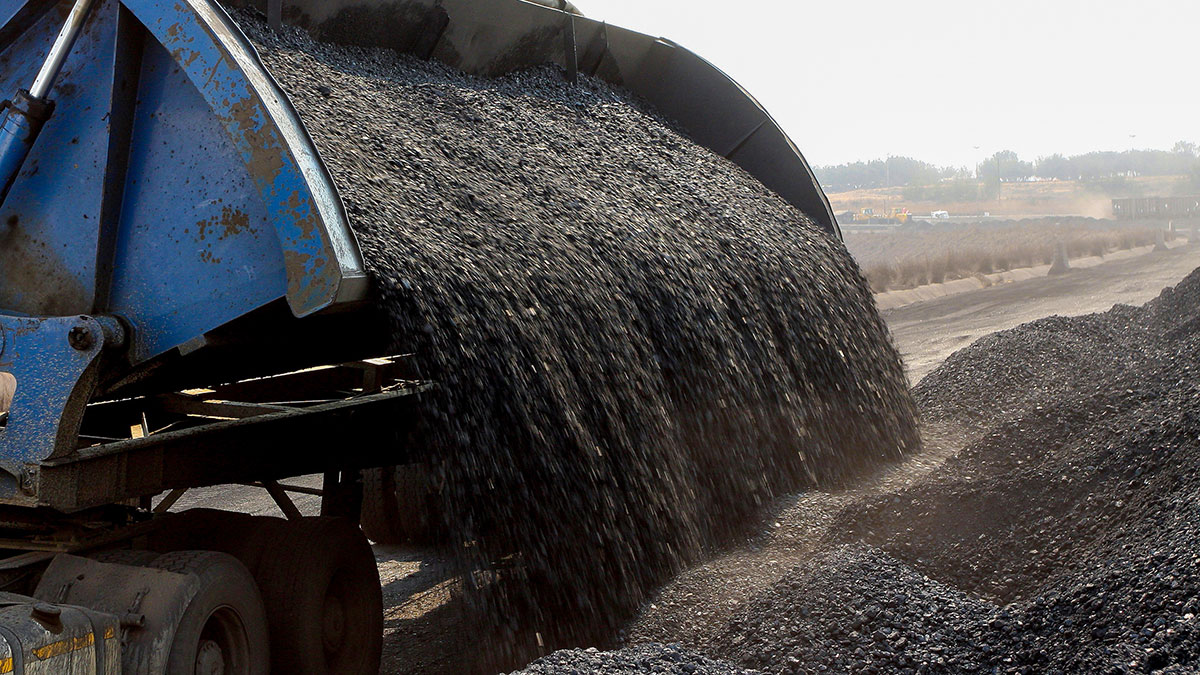Could our mouldy old coal mines actually be critical mineral powerhouses?

New research suggests that there could be harvestable REEs lurking around Australia's old coal mines. Pic via Getty Images.
- Researchers in the US have discovered there’s REEs lurking in coal mines
- Australia has loads of coal mines. Seriously, there’s heaps of them
- Fresh research in Oz suggests that there’s critical minerals waiting to be found.
Oh, the joyous irony of science has reared its bespectacled head once more, thanks to a team of researchers from the University of Utah, who say they’ve found significant quantities of critical Rare Earth Elements (REEs) in an unlikely place: coal mines.
According to a press release from the University of Utah, the researchers have “documented elevated concentrations of a key subset of critical minerals, known as rare earth elements, or REEs, in active mines rimming the Uinta coal belt of Colorado and Utah”.
That part of the United States was, for a time, well known for its coal mines. But, as appetite for coal in general weakened – and people started figuring out that Colorado and Utah coal wasn’t exactly the Grange Hermitage of flammable rocks – the mines were shuttered and abandoned in a lot of cases.
They were considered, until now, unsightly and ostensibly useless holes in the ground, but this new research is making a pretty strong case for getting back in there and having more of a dig around.
Dig a little deeper, please
Study co-author Lauren Birgenheier, an associate professor of geology and geophysics at the University of Utah, seems pretty excited about the find, as the possibility of repurposing old mines could turn out to be a far easier method of extracting the much-needed goodies from deep beneath the surface than starting a new target from scratch.
Birgenheier and her associates from the university teamed up with the Utah Geological Survey and Colorado Geological Survey as part of the Carbon Ore, Rare Earth and Critical Minerals project, which is working towards identifying where the US can domestically source the critical minerals it needs to future-proof its manufacturing base.
Birgenheier and her team analysed around 3,500 samples from 10 mines, four mine waste piles, seven stratigraphically complete cores, and some coal ash piles near power plants, and found that that about 24%–45% of stratigraphically coal-adjacent carbonaceous shale and siltstone units “show rare earth element enrichment (>200 ppm), as do 100% of sampled igneous material”.
That enrichment level of >200ppm, it should be noted, is well below the 300ppm that the US Department of Energy decided was a ‘minimum standard’ for rare earth mining to be potentially economically viable.
However, given that the sites being tested by the researchers have had a lot of the necessary digging pre-dug, could mean that concentrations at the lower end of the scale could still be a worthwhile endeavour.
What did they find?
The results of lab testing turned up a host of REEs within the sampled material, including scandium, yttrium, lanthanum, cerium, praseodymium and neodymium, to varying concentrations depending on a few different factors, mostly to do with the mechanism by which the REEs were deposited.
The team pointed out that their best theory for how the REEs came to be around the coal is down to the timing of the geological formation of the area, which occurred during the Cretaceous period that ended 66 million years ago, a time when the western US was volcanically active.
The US team believes that it wouldn’t be a huge stretch to have existing coal mines worked a little harder, with any extra material being removed as something of a value-add to the existing mining process.
“The coal itself is not enriched in rare earth elements,” study co-author Michael Vanden Berg, Energy and Minerals Program Manager at the Utah Geological Survey, said.
“There’s not going to be a byproduct from mining the coal, but for a company mining the coal seam, could they take a couple feet off the floor at the same time? Could they take a couple feet off the ceiling? Could there be potential there?”
With a number of nations now frantically getting their respective critical minerals hunt underway, the answer to those questions could turn out to be a resounding yes – and given the scale of coal mining in Australia, there’s an outside chance of our own old mines turning out to still host a fresh round of buried treasure, which could be a gamechanger.
Closer to home
The interesting news is that even though Australia’s coal deposits were formed during an entirely different geological period, there’s evidence that our coal seams could share similar potential to be living next door to REE-hosting rocks as well.
We know this, because the CSIRO has already been looking into the presence of REEs in coal mine waste, reporting in February of this year that they might be onto something.
“In the past, we may have viewed the material in a tailings dam as waste because it wasn’t the material (saleable coal) that we wanted to recover,” CSIRO team members Dr Jane Hodgkinson, Dr Nerrida Scott and Clint Mcnally said recently. “Looking for critical minerals in tailings opens a different perspective.”
The upshot of that research is very broad, for now – but loosely translated, it would appear that there’s a pattern emerging from the Australian research that suggests while it might not be something worth mining for, there’s still the possibility of one day being able to harvest critical minerals from the stuff that existing coal mines have left behind.
Obviously, it depends on a number of factors, including the specific geology, the manner in which the coal was formed and any volcanic activity around that time period, and it was at this point in the conversation with a couple of different geologists I spoke with that I lost track of what they were saying, because as it turns out, rocks are really complicated.
That said, there is a fresh report on how that search for answers is going in Australia, which is due out in the next week or two – so there could be some exciting developments on that front sooner rather than later. We’ll keep you posted when that arrives.
Related Topics

UNLOCK INSIGHTS
Discover the untold stories of emerging ASX stocks.
Daily news and expert analysis, it's free to subscribe.
By proceeding, you confirm you understand that we handle personal information in accordance with our Privacy Policy.








